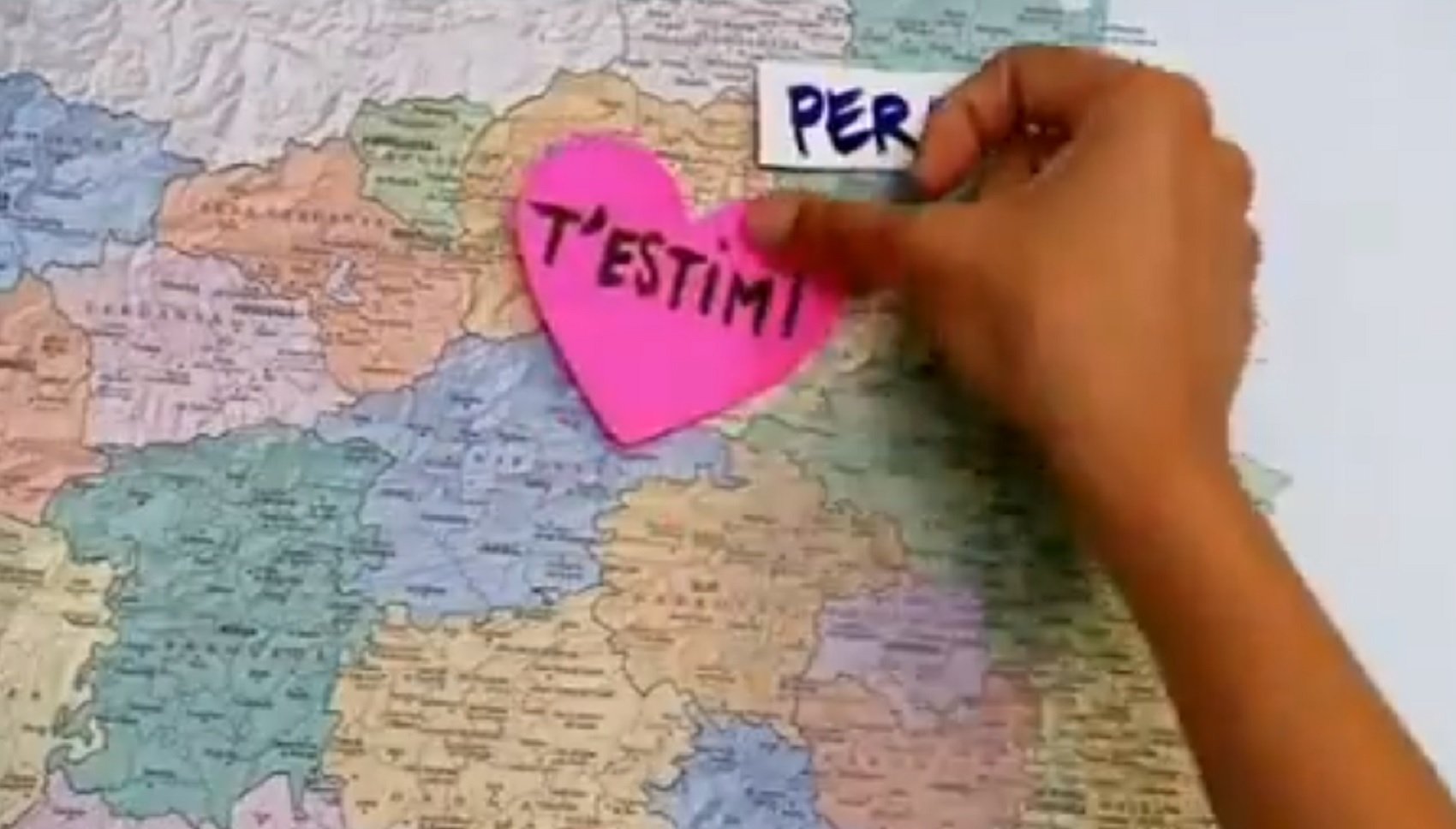French public television's France3 has broadcast an animated video explaining the dialectal richness of Catalan - by reflecting on how this fascinating aspect of language also occurs in French, and indeed, all languages.
The video, broadcast in Catalan with French subtitles for viewers in Northern Catalonia, has gone viral with more than 34,000 views. It responds to the doubts that Catalan speakers in the French state often express about whether they are really speaking "true Catalan", reassuring them they that speak a variety of Catalan - Rossellonès - that is as good as any other. The video looks at the standardised version of Catalan defined by the linguist Pompeu Fabra in the early 20th century - but declares that, despite this, if you watch Catalan television today, you'll hear something different, because many expressions derived from Spanish have entered usage.
La richesse dialectale du catalan, expliquée dans cette chronique artisanale de l'émission #AquíSem.
— France 3 Pays Catalan (@f3payscatalan) April 28, 2019
Retrouvez toutes les chroniques #PetitsPapers ici 👇https://t.co/yUpFDwDPyp pic.twitter.com/vW5UD9Uunk
Translation:
The dialectal richness of Catalan, explained in this hand-made segment from the #AquíSem programme. Find all #PetitsPapers segments at the link.— France 3 Pays Catalan
The video then goes on to explain that this dialectical variation is something that happens in all languages, and asks its French viewers to consider that the French they speak down by the Pyrenees is not the same as that spoken in Paris, and people in Brussels can say the same thing in quite a different way to those in Quebec.
And to illustrate the point, it shows how the usual Catalan way of saying "I love you" varies around the Catalan-speaking lands - from t'estimi in the French state, t'estimo in Catalonia itself, t'estime in Valencia and t'estim in the Balearic Islands. "A great richness," reflects the commentary, "but the important thing is that we understand each other, right?"
The video is part of Petits Papers, a series of short animated videos aimed at Catalan speakers - and also learners - in the French state.

